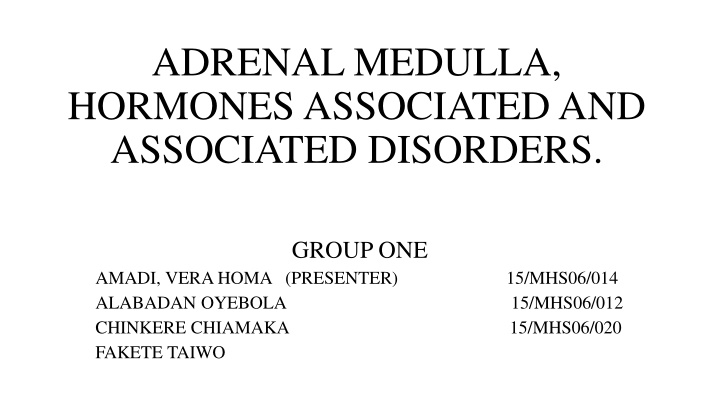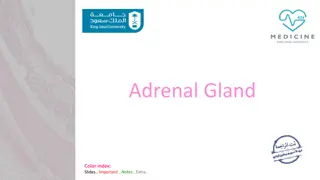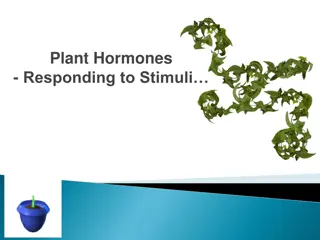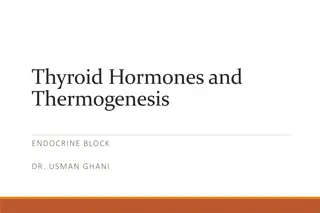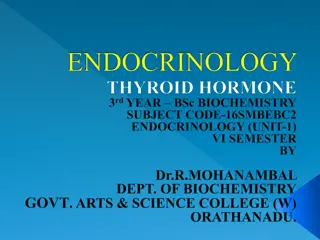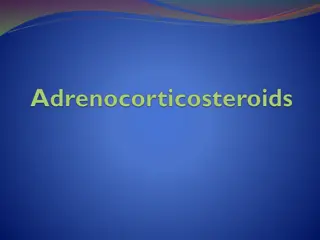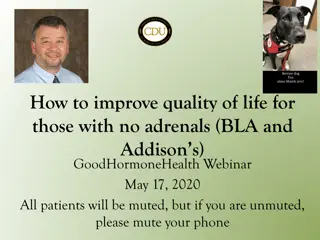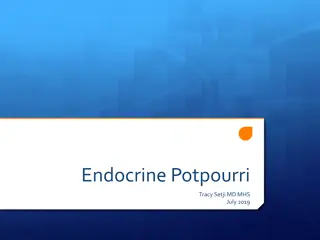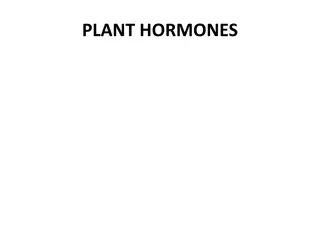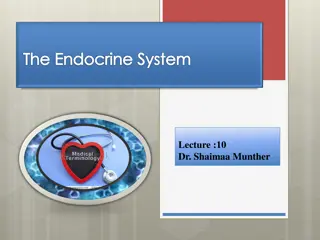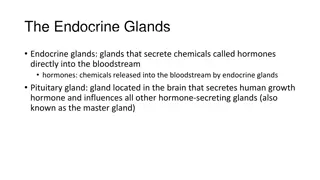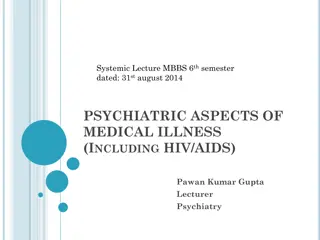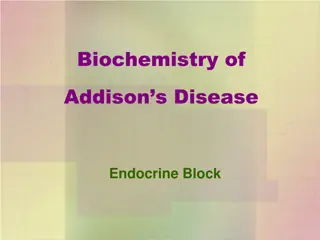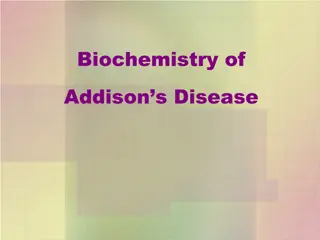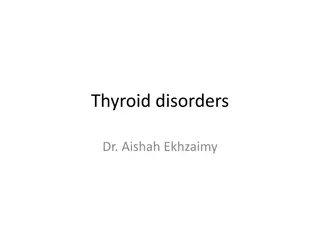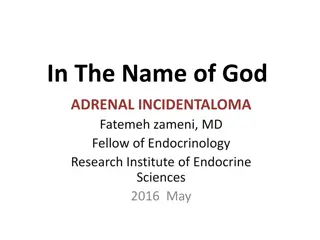Adrenal Medulla Hormones and Disorders
The adrenal medulla, part of the adrenal gland, secretes hormones like epinephrine and norepinephrine in response to stimulation. Explore the synthesis of catecholamines and physiological effects of medullary hormones.
Download Presentation

Please find below an Image/Link to download the presentation.
The content on the website is provided AS IS for your information and personal use only. It may not be sold, licensed, or shared on other websites without obtaining consent from the author.If you encounter any issues during the download, it is possible that the publisher has removed the file from their server.
You are allowed to download the files provided on this website for personal or commercial use, subject to the condition that they are used lawfully. All files are the property of their respective owners.
The content on the website is provided AS IS for your information and personal use only. It may not be sold, licensed, or shared on other websites without obtaining consent from the author.
E N D
Presentation Transcript
ADRENAL MEDULLA, HORMONES ASSOCIATED AND ASSOCIATED DISORDERS. GROUP ONE AMADI, VERA HOMA (PRESENTER) 15/MHS06/014 ALABADAN OYEBOLA 15/MHS06/012 CHINKERE CHIAMAKA 15/MHS06/020 FAKETE TAIWO
INTRODUCTION The adrenal medulla is part of the adrenal gland. It is located at the center of the gland, being surrounded by the adrenal cortex. It is the innermost part of the adrenal gland, consisting of cells that secrete epinephrine (adrenaline), norepinephrine (noradrenaline), and a small amount of dopamine in response to stimulation by sympathetic preganglionic neurons.
The cells of the adrenal medulla secrete hormones. The adrenal medulla is the principal site of the conversion of the amino acid tyrosine into the catecholamines; epinephrine, norepinephrine, and dopamine. (Dum and Richard 2016).
HORMONESOF THE ADRENAL MEDULLA While the adrenal cortex has about 90% of thee hormones of the adrenal gland, the adrenal medulla has 10%. Cells in the adrenal medulla synthesize and secrete Catecholamines: epinephrine and norepinephrine. Common stimuli for secretion of adrenomedullary hormones include exercise, hypoglycemia, hemorrhage and emotional distress. (Fung et al.,2017)
SYNTHESIS OF CATECHOLAMINES Synthesis of catecholamines begins with the amino acid tyrosine, which is taken up by chromaffin cells in the medulla and converted to norepinephrine and epinephrine through the following steps: (Robertson et al., 2011)
PHYSIOLOGICAL EFFECTS OF MEDULLARY PHYSIOLOGICAL EFFECTS OF MEDULLARY HORMONE HORMONE In general, circulating epinephrine and norepinephrine released from the adrenal medulla have the same effects on target organs as direct stimulation by sympathetic nerves, although their effect is longer lasting. Increased rate and force of contraction of the heart muscle: this is predominantly an effect of epinephrine acting through beta receptors. Constriction of blood vessels: norepinephrine, in particular, causes widespread vasoconstriction, resulting in increased resistance and hence arterial blood pressure. Dilation of bronchioles: assists in pulmonary ventilation.
Stimulation of lipolysis in fat cells: this provides fatty acids for energy production in many tissues and aids in conservation of dwindling reserves of blood glucose. Increased metabolic rate: oxygen consumption and heat production increase throughout the body in response to epinephrine. Medullary hormones also promote breakdown of glycogen in skeletal muscle to provide glucose for energy production. Dilation of the pupils: particularly important in situations where you are surrounded by velociraptors under conditions of low ambient light. Inhibition of certain "non-essential" processes: an example is inhibition of gastrointestinal secretion and motor activity.
DISEASES ASSOCIATED Pheochromocytoma: A catecholamine producing tumor of the adrenal medulla, which may or may not be cancerous. It is characterized by hypersecretion of cathecholamine, and ganglioneuromas. It originates from chromaffin cells and excretes cathecholamines, but may be referred to as secreting paragangliomas when found in extra-adrenal chromaffin cells. Neoplasms such as neuroblastomas and ganglioneuromas, may also be of neuronal lineage (Maple et al., 2008).
INVESTIGATIONS Diagnostic tests for pheochromocytoma include the following: Plasma metanephrine testing: 96% sensitivity, 85% specificity (Waguespack et al., 2010). 24-hour urinary collection for catecholamines and metanephrines: 87.5% sensitivity, 99.7% specificity (Sheps et al., 1990). Imaging studies should be performed only after biochemical studies have confirmed the diagnosis of pheochromocytoma. Some of which are:
INVESTIGATIONS Abdominal CT scanning: Has accuracy of 85-95% for detecting adrenal masses with a spatial resolution of 1 cm or greater. MRI: Preferred over CT scanning in children and pregnant or lactating women; has reported sensitivity of up to 100% in detecting adrenal pheochromocytomas. Scintigraphy: Reserved for biochemically confirmed cases in which CT scanning or MRI does not show a tumor. PET scanning: A promising technique for detection and localization of pheochromocytomas (Yeterian et al., 1992).
INVESTIGATIONS Additional studies to rule out a familial syndrome in patients with confirmed pheochromocytoma include the following: Serum intact parathyroid hormone level and a simultaneous serum calcium level to rule out primary hyperparathyroidism (which occurs in MEN 2A). Screening for mutations in the ret proto-oncogene (which give rise to MEN 2A and 2B). Genetic testing for mutations causing the MEN 2A and 2B syndromes. Consultation with an ophthalmologist to rule out retinal angiomas (VHL disease) (Elenkova et al., 2010).
MANAGEMENT Surgical resection of the tumor is the treatment of choice and usually cures the hypertension. Careful preoperative treatment with alpha and beta blockers is required to control blood pressure and prevent intraoperative hypertensive crises (D rr et al., 2012). Preoperative medical stabilization is provided as follows: Start alpha blockade with phenoxybenzamine 7-10 days preoperatively. Provide volume expansion with isotonic sodium chloride solution. Encourage liberal salt intake. Initiate a beta blocker only after adequate alpha blockade, to avoid precipitating a hypertensive crisis from unopposed alpha stimulation. Administer the last doses of oral alpha and beta blockers on the morning of surgery (Thompson, 2012).
REFERENCES D rr, R., Lenders, J.W., Hofbauer, L.C., Naumann, B., Bornstein, S.R. and Eisenhofer, G. (2012). Pheochromocytoma: Update on Disease Management.Journal of Endocrinology and Metabolism. 3(1):11-26. Dum and Richard (2016). "Motor, cognitive, and affective areas of the cerebral cortex influence the adrenal medulla". Proceedings of the National Academy of Sciences of the United States of America. 113: 9922 9927. Elenkova, A., Matrozova, J., Zacharieva, S., Kirilov, G. and Kalinov, K. (2010). Adiponectin - A possible factor in the pathogenesis of carbohydrate metabolism disturbances in patients with pheochromocytoma. Cytokine. 50(3):306-310. Fung, M. M., Viveros, O. H.and O Connor, D. T. (2007). "Diseases of the adrenal medulla". Acta Physiologica. 192 (2): 325 335. Maple M. F., Viveros O. H., O Connor D.T. 2008. Diseases of the adrenal medulla. Acta Physiologica 192(2):325-335 Robertson, D., Haile, V., Perry, S. E., Robertson, R. M., Phillips, J. A. and Biaggioni, I. (2011). "Dopamine beta-hydroxylase deficiency. A genetic disorder of cardiovascular regulation". Hypertension. 18 (1): 1 8
Sheps, S.G., Jiang, N.S., Klee, G.G. and van Heerden, J.A. (1990). Recent developments in the diagnosis and treatment of pheochromocytoma. Mayo Clinic.65(1):88-95. Thompson, L.D. (2002). Pheochromocytoma of the Adrenal gland Scaled Score (PASS) to separate benign from malignant neoplasms: a clinicopathologic and immunophenotypic study of 100 cases. American Journal Surgical Pathology. 26(5):551-566. Waguespack, S.G., Rich, T., Grubbs, E., Ying, A.K., Perrier, N.D. and Ayala- Ramirez, M. (2010). A current review of the etiology, diagnosis, and treatment of pediatric pheochromocytoma and paraganglioma. Journal of Clinical Endocrinolology Metabolism. 95(5):2023-2037.
Yeterian, E.H. and Pandya, D.N. (1991) Corticothalamic connections of the superior temporal sulcus in rhesus monkeys. 83(2):268-284
